Alexis Asseman
Multi-Agent Dynamic Pricing in a Blockchain Protocol Using Gaussian Bandits
Dec 13, 2022

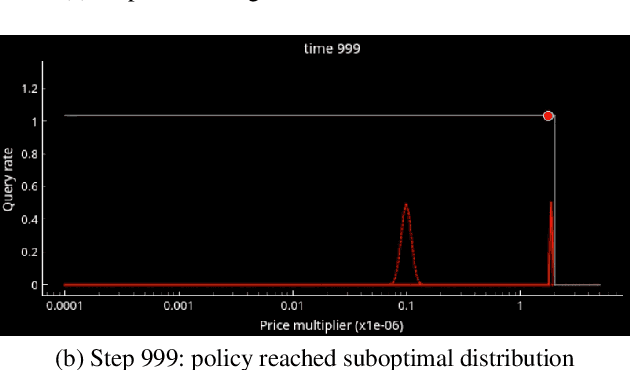
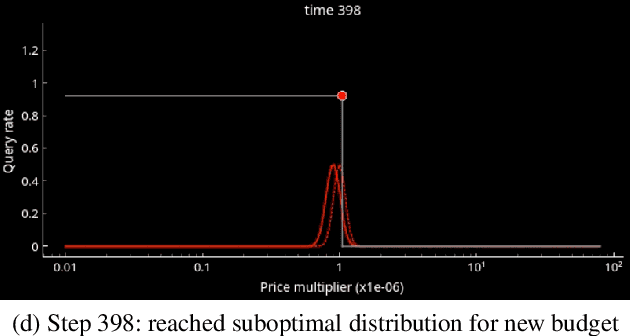
Abstract:The Graph Protocol indexes historical blockchain transaction data and makes it available for querying. As the protocol is decentralized, there are many independent Indexers that index and compete with each other for serving queries to the Consumers. One dimension along which Indexers compete is pricing. In this paper, we propose a bandit-based algorithm for maximization of Indexers' revenue via Consumer budget discovery. We present the design and the considerations we had to make for a dynamic pricing algorithm being used by multiple agents simultaneously. We discuss the results achieved by our dynamic pricing bandits both in simulation and deployed into production on one of the Indexers operating on Ethereum. We have open-sourced both the simulation framework and tools we created, which other Indexers have since started to adapt into their own workflows.
Accelerating Deep Neuroevolution on Distributed FPGAs for Reinforcement Learning Problems
May 10, 2020


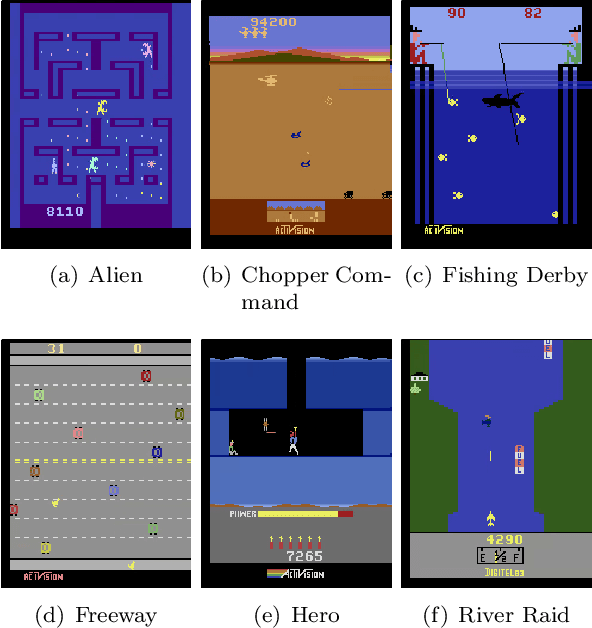
Abstract:Reinforcement learning augmented by the representational power of deep neural networks, has shown promising results on high-dimensional problems, such as game playing and robotic control. However, the sequential nature of these problems poses a fundamental challenge for computational efficiency. Recently, alternative approaches such as evolutionary strategies and deep neuroevolution demonstrated competitive results with faster training time on distributed CPU cores. Here, we report record training times (running at about 1 million frames per second) for Atari 2600 games using deep neuroevolution implemented on distributed FPGAs. Combined hardware implementation of the game console, image pre-processing and the neural network in an optimized pipeline, multiplied with the system level parallelism enabled the acceleration. These results are the first application demonstration on the IBM Neural Computer, which is a custom designed system that consists of 432 Xilinx FPGAs interconnected in a 3D mesh network topology. In addition to high performance, experiments also showed improvement in accuracy for all games compared to the CPU-implementation of the same algorithm.
Leveraging Medical Visual Question Answering with Supporting Facts
May 28, 2019



Abstract:In this working notes paper, we describe IBM Research AI (Almaden) team's participation in the ImageCLEF 2019 VQA-Med competition. The challenge consists of four question-answering tasks based on radiology images. The diversity of imaging modalities, organs and disease types combined with a small imbalanced training set made this a highly complex problem. To overcome these difficulties, we implemented a modular pipeline architecture that utilized transfer learning and multi-task learning. Our findings led to the development of a novel model called Supporting Facts Network (SFN). The main idea behind SFN is to cross-utilize information from upstream tasks to improve the accuracy on harder downstream ones. This approach significantly improved the scores achieved in the validation set (18 point improvement in F-1 score). Finally, we submitted four runs to the competition and were ranked seventh.
Learning to Remember, Forget and Ignore using Attention Control in Memory
Sep 28, 2018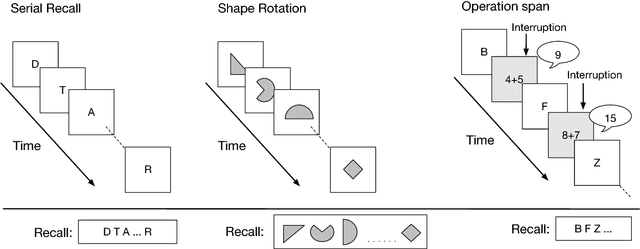
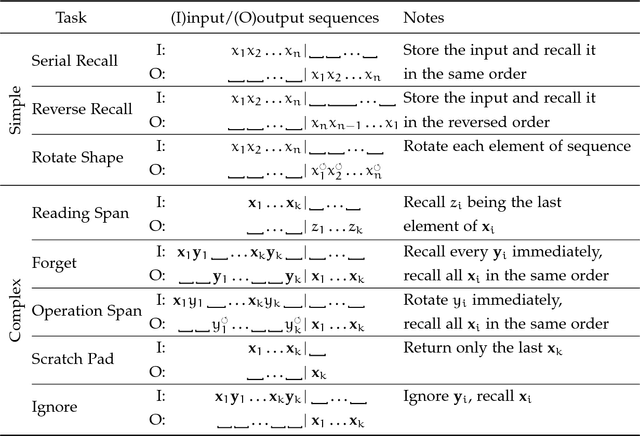

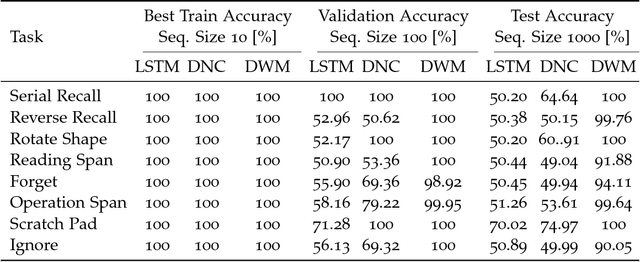
Abstract:Typical neural networks with external memory do not effectively separate capacity for episodic and working memory as is required for reasoning in humans. Applying knowledge gained from psychological studies, we designed a new model called Differentiable Working Memory (DWM) in order to specifically emulate human working memory. As it shows the same functional characteristics as working memory, it robustly learns psychology inspired tasks and converges faster than comparable state-of-the-art models. Moreover, the DWM model successfully generalizes to sequences two orders of magnitude longer than the ones used in training. Our in-depth analysis shows that the behavior of DWM is interpretable and that it learns to have fine control over memory, allowing it to retain, ignore or forget information based on its relevance.
 Add to Chrome
Add to Chrome Add to Firefox
Add to Firefox Add to Edge
Add to Edge